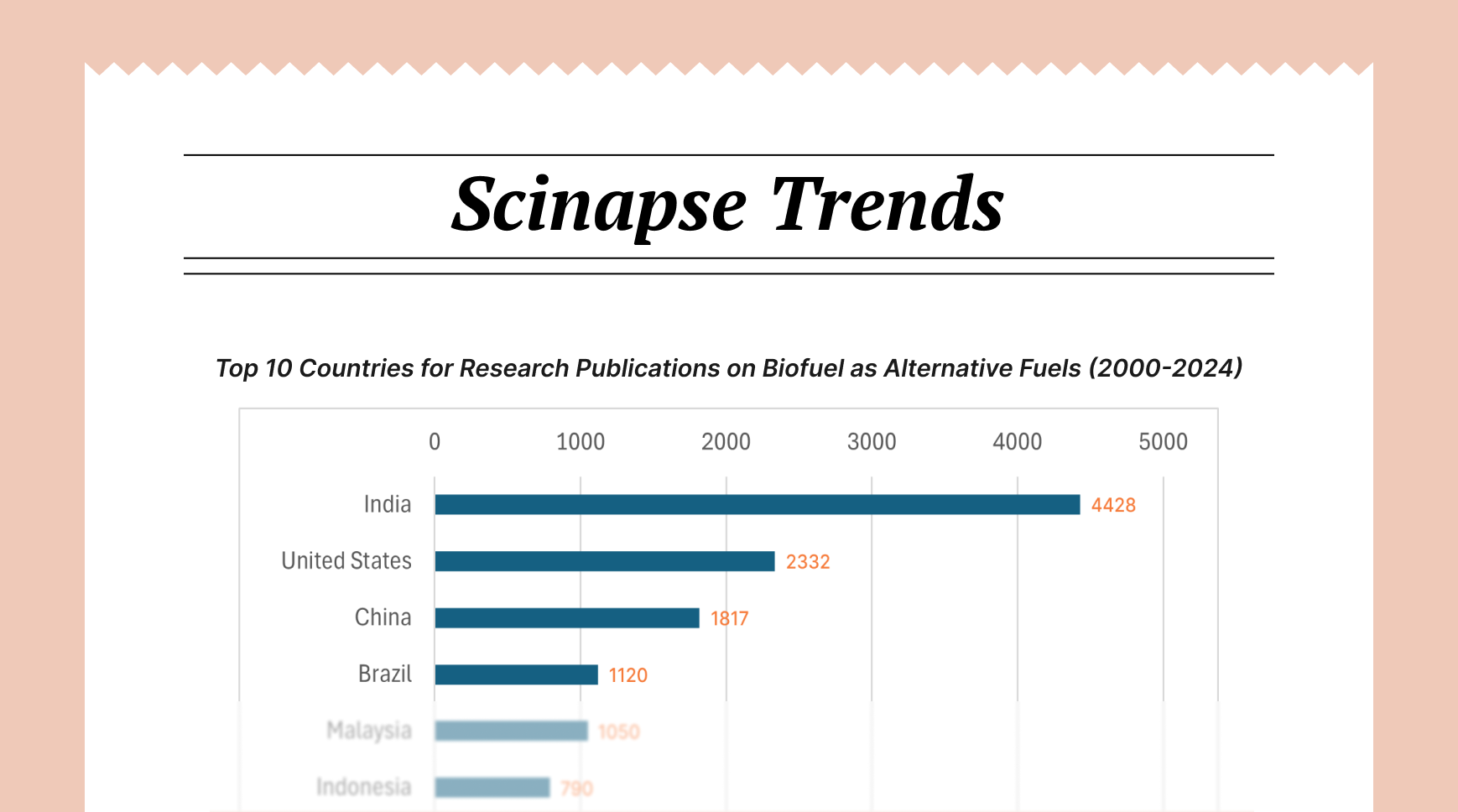6 Tips to Effectively Use Research Funds: A Strategic Approach for Institutional and Corporate Success

After receiving approval for their research funding proposal, one crucial difficulty that most researchers face is that effective utilization of research funds has become a critical determinant of organizational success. Whether in academic institutions, corporate R&D departments, or research organizations, maximizing the impact of research funding can make the difference between breakthrough innovations and stagnant outcomes.
Here are 6 essential tips for researchers and organizations to optimize their research fund utilization and achieve lucrative results.
1- Strategic Alignment and Priority Setting
Organizations must ensure that their research initiatives directly support their broader strategic objectives. This alignment begins with a comprehensive mapping exercise that connects research projects to organizational goals and market opportunities.
Successful organizations implement a structured approach to priority setting, utilizing clear criteria for project selection. This includes evaluating potential research impact, feasibility, resource requirements, and alignment with core competencies. A well-balanced research portfolio should distribute funds across different risk levels and timelines, ensuring short-term wins and long-term breakthrough possibilities.
Consider establishing a research advisory board comprising key stakeholders from different organizational levels. This board can help maintain strategic focus while ensuring that funding decisions remain objective and aligned with organizational priorities.
2- Investing in Research Tools
The selection and implementation of appropriate research tools can significantly impact research efficiency and outcomes. Organizations must conduct thorough assessments of their research requirements and carefully evaluate available technologies to make informed investment decisions.
👇🏻Let's cater to your tailored research solutions. Book a demo today!
Begin with a comprehensive needs analysis that considers current capabilities and future scalability. Key areas to evaluate include:
- Data management systems for efficient information storage and retrieval
- Research analytics platforms for comprehensive research data visualization
- Specialized equipment and software for specific research domains
- Collaboration tools for team communication and project management
When selecting research tools, consider factors beyond initial costs, such as:
- Integration capabilities with existing systems
- Training requirements and learning curves
- Maintenance and upgrade costs
- Vendor support and reliability
- User adoption potential
- Data processing security and privacy
Implementation should follow a structured approach, including adequate staff training and clear protocols for tool utilization. Regular assessment of tool effectiveness and ROI helps ensure that investments continue to meet research needs and deliver value.
3- Building and Maintaining Research Talent
The success of any research initiative ultimately depends on the quality and dedication of the research team. Organizations must invest in attracting, developing, and retaining top research talent to maximize the impact of their research funds.
Recruitment strategies should focus on identifying individuals with both technical expertise and collaborative capabilities. Competitive compensation packages are essential, but equally important are opportunities for professional growth and intellectual challenge.
Professional development programs should include:
- Regular training in emerging methodologies and technologies
- Opportunities for conference participation and networking
- Support for publishing and presenting research findings
- Mentorship programs linking junior and senior researchers
Retention strategies must address both professional and personal needs. Create clear career progression pathways and recognize research achievements through formal programs. Foster an environment that encourages innovation and accepts calculated risks as part of the research process.
4- Establishing Collaborative Networks
Research collaboration can significantly extend the impact of limited funding resources. Organizations should actively pursue partnerships that complement their capabilities and provide access to additional resources and expertise.
Internal collaboration frameworks should facilitate interdisciplinary research initiatives and resource sharing. This might include:
- Regular research symposiums for knowledge-sharing
- Internal grant programs for collaborative projects
- Shared equipment and facility arrangements
- Cross-functional research teams
External partnerships can take various forms:
- Academic collaborations for access to specialized knowledge
- Industry partnerships for practical application insights
- Research consortia for shared risk and resources
- Government partnerships for additional funding opportunities
Successful collaborations require clear agreements regarding intellectual property rights, resource sharing, and publication rights. Regular evaluation of partnership value ensures that collaborative arrangements continue to serve organizational interests.
5- Implementing Robust Financial Management
Effective financial management ensures that research funds deliver maximum value. Organizations should implement comprehensive systems for budget allocation, monitoring, and control.
Zero-based budgeting approaches can help ensure that funding allocations align with current priorities rather than historical patterns. Build flexibility into budgets to accommodate unexpected opportunities or challenges. Implement milestone-based fund release mechanisms to maintain control while ensuring project momentum.
Resource optimization techniques should include:
- Equipment sharing programs to maximize utilization
- Bulk purchasing arrangements for common supplies
- Timing of major investments to align with funding cycles
- Regular audit procedures to identify efficiency opportunities
6- Measuring and Communicating Research Impact
Demonstrating research impact is crucial for sustaining funding support and justifying investment decisions. Organizations need robust frameworks for measuring and communicating the value of their research initiatives.
Develop a balanced scorecard of metrics that includes:
- Direct financial returns (patents, licenses, product sales)
- Knowledge outputs (publications, presentations, citations)
- Capability development (new skills, methodologies, tools)
- Strategic impact (market position, competitive advantage)
Regular communication with stakeholders should highlight:
- Progress against research objectives
- Success stories and breakthrough achievements
- Return on investment analyses
- Future opportunities and challenges
Documentation of research impact should be ongoing and systematic, capturing both quantitative metrics and qualitative insights.
Organizations that successfully implement these tips position themselves for successful research outcomes and sustainable competitive advantage. Thus, regular review and refinement of research fund management practices ensure continued effectiveness and adaptation to changing circumstances.
Author: Uttkarsha B
- AI-Ethicist and STM Research & Publishing Expert
Never re-search again.
Scinapse is made by researchers for researchers.
Join the next generation of research at ⏯️ https://scinapse.io/
Pluto Labs
Pluto Labs helps researchers focus on their research by improving several inefficiencies in the academic research process. We offer data-driven insights from academic papers, allowing users to easily obtain review-level results for their desired range of papers.
https://pluto.im/





Comments ()